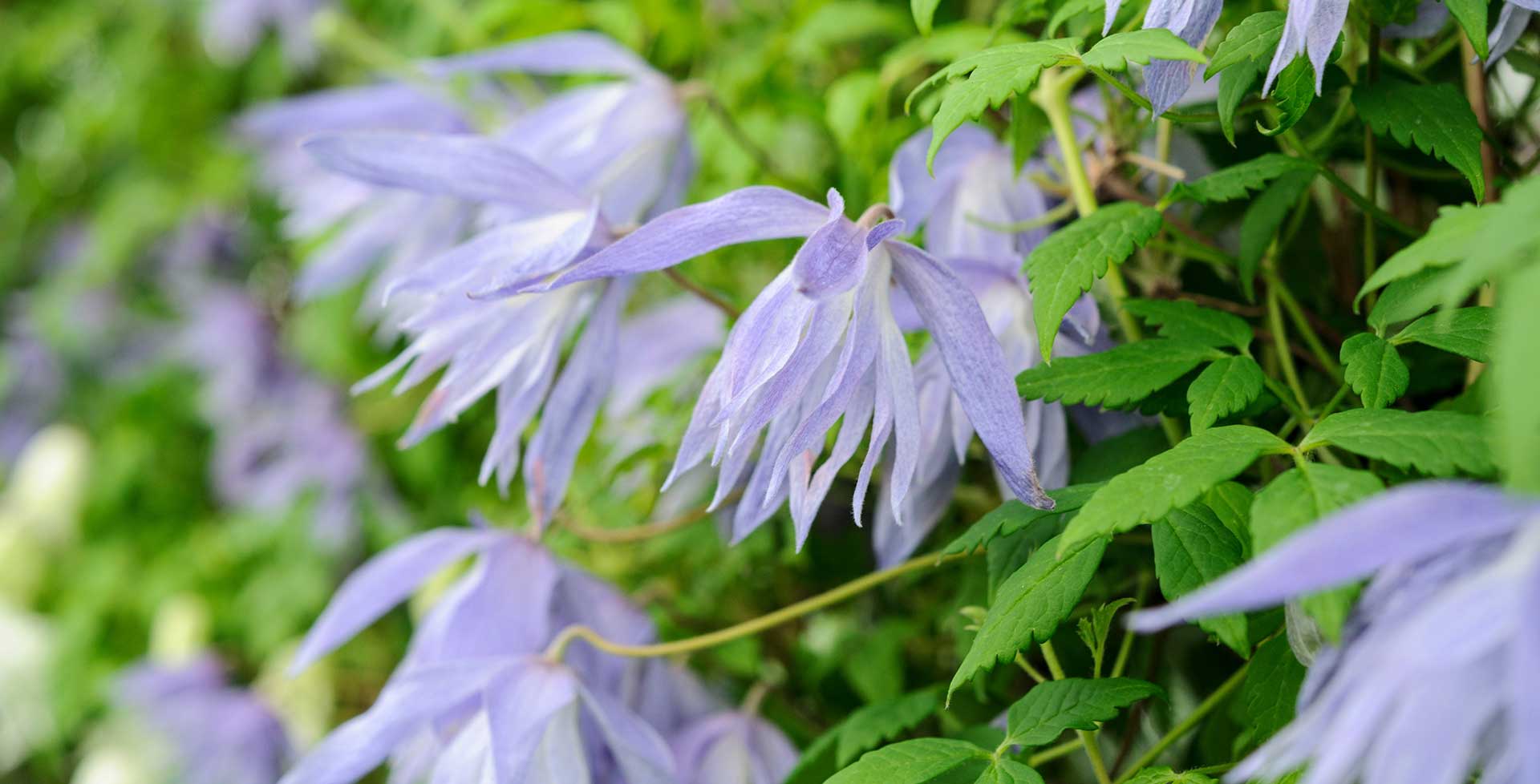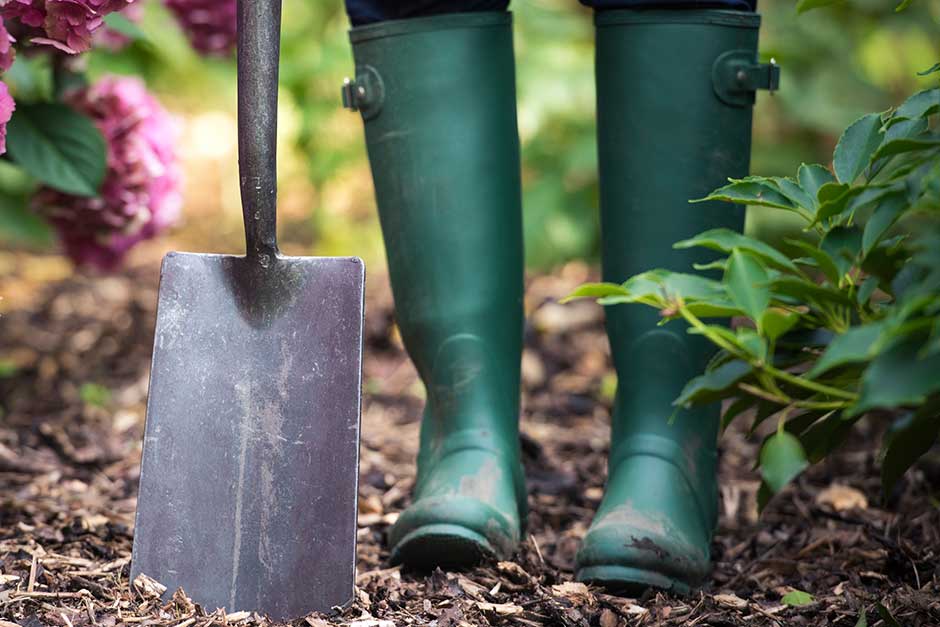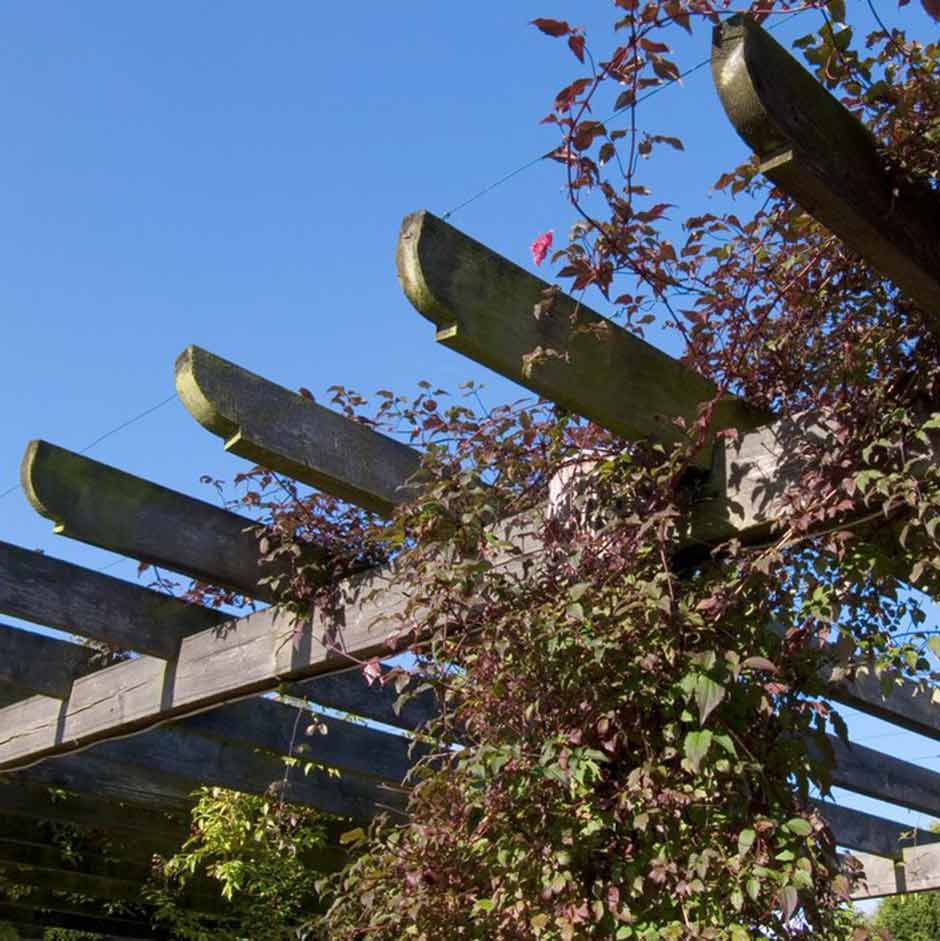
Introducing...
Winter and spring-flowering clematis
Ranging from rampant climbers that can cover a house wall to more modest types for fences and pergolas, this group produce a flush of flowers between mid-winter and late spring. Prized for their delicate blooms that add early colour to the garden, many are also tolerant of a more shaded spot.
Looks
These clematis bear small, single or semi-double flowers in bell, star or saucer shapes, mostly in shades of white, pink and blue. Many also produce attractive, fluffy seedheads after flowering. Evergreen types, like Clematis cirrhosa, have glossy, dark green foliage, while some deciduous types like C. macropetala have attractive toothed leaves. Most reach between 2-4m high, the exceptions being the vigorous C. armandii and C. montana that can both reach over 8m unless contained by pruning.
Likes
Clematis grow best in deep, fertile, moist but well-drained soil. They like cool conditions around their roots, so plant the base of the clematis in light shade or provide shading with other plants or a dressing of pebbles.
Dislikes
Poor, waterlogged, very acidic and heavy clay soils as well as excessive dryness during the summer, when plants may wilt. Evergreen types need a sheltered position, with protection from cold winds.
Did you know?
Clematis armandii and its cultivars are particularly prized for their fragrant, almond-scented flowers. Grow in a sunny, sheltered spot to best enjoy the perfume.
Growing guide

How to grow clematis
All the information you’ll need to grow & care for clematis in your garden.
Winter and spring-flowering clematis we recommend
Clematis cirrhosa var. purpurascens 'Freckles' (C)
clematis 'Freckles'
- 2.5–4 metres
- 0.5–1 metres
Clematis montana var. rubens 'Tetrarose' (M)
clematis 'Tetrarose'
- 4–8 metres
- 1.5–2.5 metres
Clematis cirrhosa 'Wisley Cream' (C)
clematis 'Wisley Cream'
- 2.5–4 metres
- 0.5–1 metres
Clematis cirrhosa var. purpurascens 'Freckles' (C)
clematis 'Freckles'
- 2.5–4 metres
- 0.5–1 metres
Clematis montana var. rubens 'Tetrarose' (M)
clematis 'Tetrarose'
- 4–8 metres
- 1.5–2.5 metres
Clematis cirrhosa 'Wisley Cream' (C)
clematis 'Wisley Cream'
- 2.5–4 metres
- 0.5–1 metres
Useful advice
Clematis problems: frequently asked questions
Clematis: pruning

Pergolas
Clematis: green petal
Get involved
The Royal Horticultural Society is the UK’s leading gardening charity. We aim to enrich everyone’s life through plants, and make the UK a greener and more beautiful place.